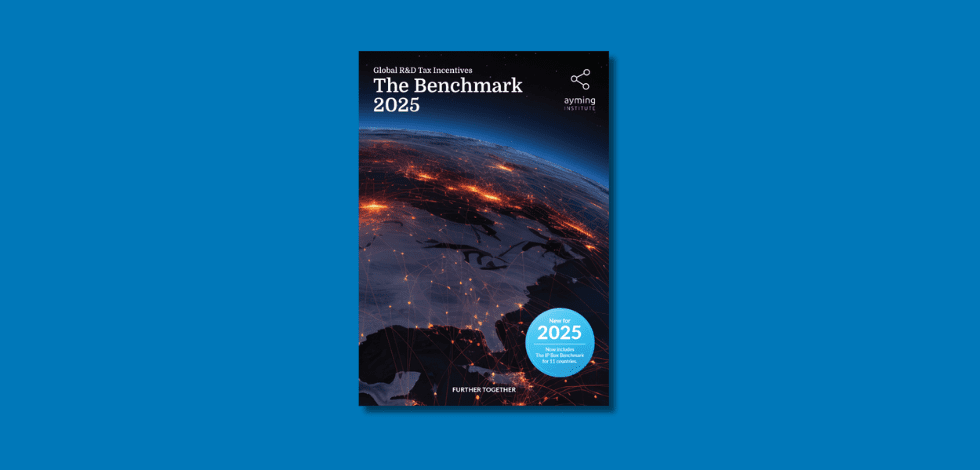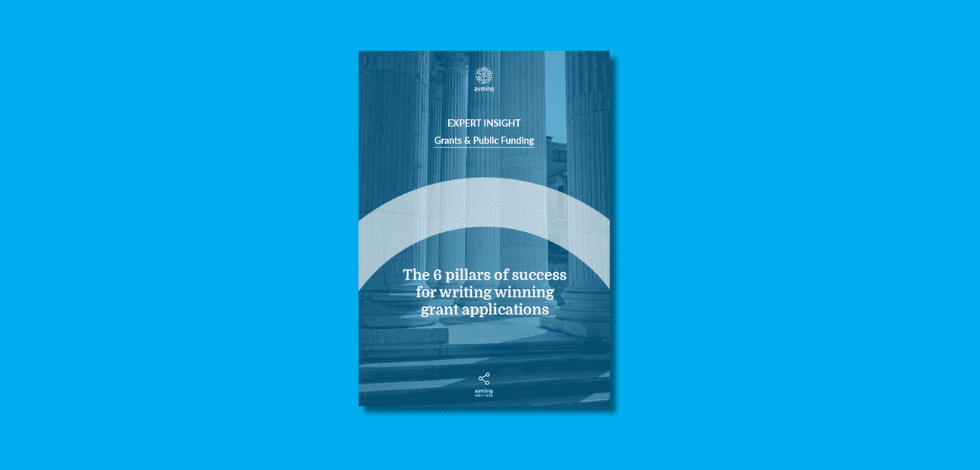The Office for National Statistics have recently released the HMRC R&D Tax Credits Statistics 2018. These stats relate to the 2016/17 tax year and whilst they show some familiar trends, they also raise a number of questions and contain a few surprises.
The most notable points are as follows:
- A revision of the 2014/15 and 2015/16 statistics, with the figures provided for 2016/17 expected to rise;
- A significant increase in the number of claims submitted;
- £3.5bn of tax relief claimed from £24.9bn of qualifying expenditure in 2016/17;
- Average claim value for SMEs is £53,876;
- Average claim value for large companies (RDEC) is £272,881;
- Majority of claims coming from the ‘Manufacturing’, ‘Information and Communication’ and ‘Professional, Scientific and Technical’ sectors – 71% of claims and 75% of benefit received for 2016/17;
- 73% of claims receiving less than £50k in benefit.

Revision of the previous years’ statistics
The biggest surprise comes from the revision of the statistics from previous tax years, the first time HMRC has done so. Last year, HMRC originally stated that there were 26,255 claims in 2015/16. This has now been revised to 43,040, a significant increase of 63.9%, due both to updated data and additional amended returns received; with companies having up to two years to submit a R&D claim.

Should we expect a rise in claims for this year?
With this in mind, we should expect the current figure for claims submitted in 2016/17 of 39,960 to be much higher. If you were to apply the same percentage increase, we could be looking at as many as 65,500 claims for 2016/17. Awareness of the scheme is clearly a lot higher than previously thought.
New applicants falling
That being said, the rate of new applicants has fallen from around 30% in 2014/15 and 2015/16 to 17.5% in 2016/17. However this may increase once revised stats for 2016/17 are released next year. It’s interesting that only 18% of claims came from companies less than 5 years old, so there are still well-established businesses becoming aware of R&D tax relief and making claims for the first time.

Potential bottleneck?
While it’s positive that more businesses are becoming aware of the R&D tax relief scheme, it does raise questions on the availability of experienced HMRC resources to process the increased quantity of claims. Some large businesses we work with have had to wait up to six months for claims to be processed when submitted during peak periods, with HMRC only setting internal KPI’s for loss making SME claims. This can really affect a business’s bottom line.
Scrutiny of smaller claims
Additionally, with 73.5% of claims receiving under £50k in tax relief one might question how thoroughly these smaller claims are being examined, when you would naturally expect focus to be on larger value claims. This is put into context when these 73.5% of claims only equated to 13.5% of the £3.5bn paid out in 2016/17. With the Chancellor’s budget scheduled for 29 October, we hope he addresses this and measures are implemented to rectify the position some businesses find themselves in.

Will there be a Brexit effect?
The pool of R&D claims is growing at a significant rate, reflecting growing innovation in our economy and that’s most certainly a good thing. However, given the period that these statistics cover, it’s too early to see how the Brexit effect might have impacted R&D activity in the UK. We will have to wait until next year’s figures to get an indication of this.












